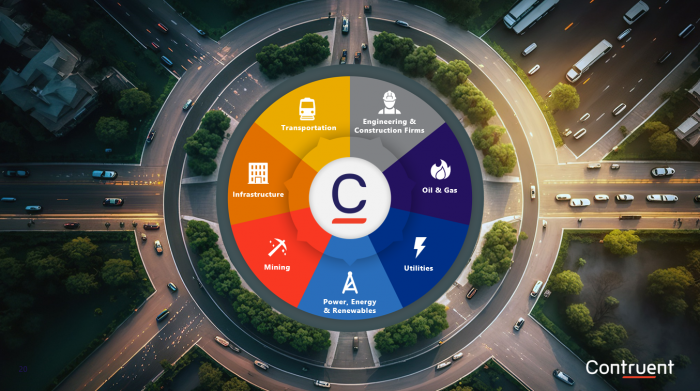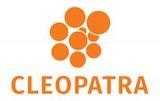Dear Sirs,
Greeting!
My apology if my question is already discussed before.
Question:
My client require each activity of my schedule to be LOADED WITH COST OF RESOURCES. i.e.
A. Labor, Material & Equipment needs to be loaded with PRICE/UNIT
B. BUDGETED COST for each activity to be calculated as PRICE/UNIT * BUDGETED UNITS
C. Total budgeted cost of the project should be equal to BOQ cost (contract cost).
Can you please help me in this issue?
Background knowledge:
In my previous projects i was working as follows for assigning BOQ cost and resources to schedule activities
For Costing:
I used to define non-labor resouce "BOQ Cost" with price/unit=1 and assign budgeted units to the same.
For Manpower:
I used to define labor/nonlabor/material resouce with price/unit=0 and assign budgeted units to each resource as per estimated manhours.
BUT NOW IN MY CURRENT PROJECT CLIENT REQUIRE EACH RESOURCE TO BE LOADED WITH ITS PRICE/UNIT. AND TOTAL BUDGETED COST SHOULD BE EQUAL TO BOQ COST (CONTRACT COST)
YOUR VALUABLE COMMENTS TO SOLVE MY PROBLEM WILL BE HIGHLY APPRECIATED.








Replies